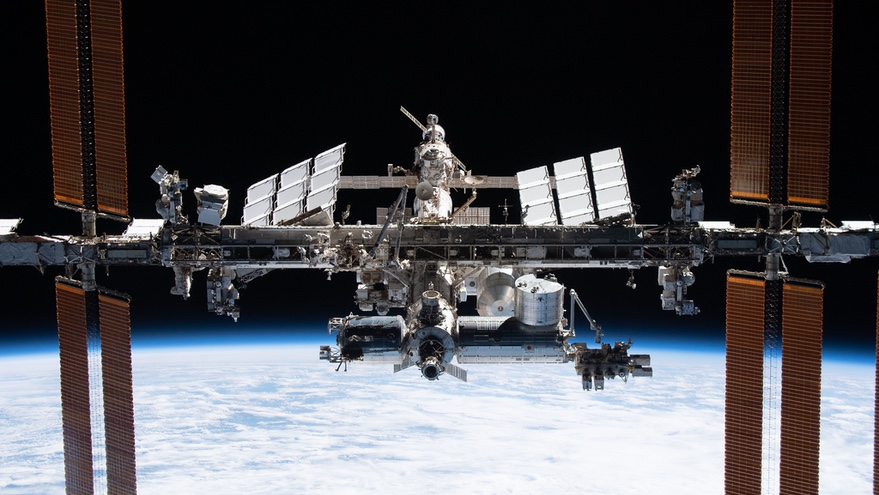LAS VEGAS — Partner agencies on the International Space Station program say they are in discussions about how they will use, and pay for, commercial space stations that will replace it.
Representatives of several countries currently involved in the ISS said during a panel at the American Institute of Aeronautics and Astronautics’ ASCEND conference here Oct. 25 that they are looking at options for how to continue work they currently do on the ISS on the commercial space stations in low Earth orbit (LEO) NASA is helping develop to replace it at the end of the decade.
“With the commercialization of LEO, it is really necessary to revisit our principles of doing cooperation,” said Peter Gräf, director of applications and science at the German space agency DLR. Germany is the biggest contributor to ESA’s share of the ISS and actively uses the station for fundamental and applied research.
He said discussions among agencies and companies had started on how those arrangements would change with a commercial station. “We need to find ways to work together, certainly in other ways than we did before,” he said. “There are a lot of options available and the main players are in heavy discussions on that.”
The ISS today relies extensively on barter arrangements among participating agencies, providing services to cover their share of operations of the station. Such arrangements are unlikely to work for commercial stations, however.
“We need to find a new way of cooperating,” said Nicolas Maubert, space counselor at the French Embassy in the U.S. and representative of the French space agency CNES in the U.S., citing the challenges of extending current barter arrangements to commercial stations. “We need to put on the table every option.”
The simplest approach — direct payments from space agencies to the companies operating commercial stations — could face political obstacles. “The taxpayers in Europe don’t want to pay directly to private American companies,” he said.
He suggested Europe might consider developing its own space station as ESA members debate developing European human spaceflight capabilities. “Having autonomous capabilities is one of the solutions,” he said, one he acknowledged would depend on budgets.
Another option is for companies in other countries to be part of the U.S.-led ventures developing commercial stations. Thales Alenia, for example, is manufacturing modules for Axiom Space and builds components for Northrop Grumman’s Cygnus spacecraft that will be adapted for use on its proposed station.
Japanese companies are also involved in those commercial space station initiatives, said Masami Onoda, director of the Washington office of the Japanese space agency JAXA. “We are very much looking forward to a partnership with commercial outposts.”
First, though, she said the ISS partners needed to finalize plans to extend operations of the station to 2030. “One of the arrangements I hope to see in the coming months is around the ISS. We need to first find out how we’re moving on with the ISS.”
“The bottom line for all is that there is a strong demand for capabilities in low Earth orbit,” Gräf said. “It’s quite clear there will be a human outpost in LEO, no matter what the future will bring.”
